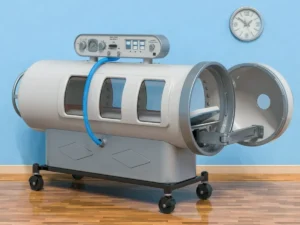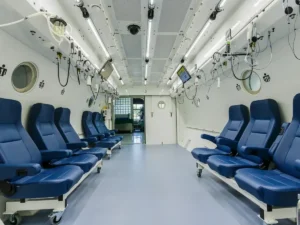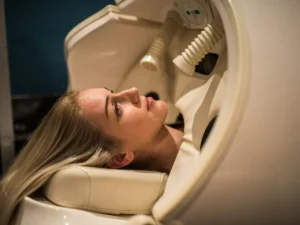The use of oxygen chambers in the treatment of diseases of the nervous system
Oxygen chambers, also known as hyperbaric oxygen therapy (HBOT), have been used in medicine for many years. They involve placing a patient in a special chamber where they breathe pure oxygen at increased pressure. This therapy aims to increase the amount of oxygen reaching the body’s tissues, which can be beneficial for a variety of conditions.
In the context of nervous system diseases, hyperbaric oxygen therapy has already been studied as a potential treatment for stroke, post-traumatic stress, and Alzheimer’s disease, among others. Research results indicate that HBOT can help improve brain function, regenerate damaged nerve tissue, and reduce inflammation.
What effects can be achieved in the case of depression?
In relation to depression, which is often the result of nervous system and hormonal disorders, scientific research on the use of hyperbaric oxygen therapy is still relatively limited. Nevertheless, there is some evidence to suggest that hyperbaric oxygen therapy may be beneficial for patients struggling with this disorder.
First, increasing the amount of oxygen reaching the brain can improve the functioning of neurons and speed up the regeneration processes. As a result, this can lead to improved mood and overall mental performance. Second, HBOT can reduce inflammation in the brain , which is often present in people with depression. Reducing inflammation can help alleviate depressive symptoms.
It should be remembered, however, that in the case of depression, hyperbaric oxygen therapy is not a universal solution and will not replace traditional methods of treatment, such as psychotherapy or pharmacotherapy. However, it is worth considering its use as a supplement to standard therapies, especially in the case of patients who do not respond to other methods of treatment.






